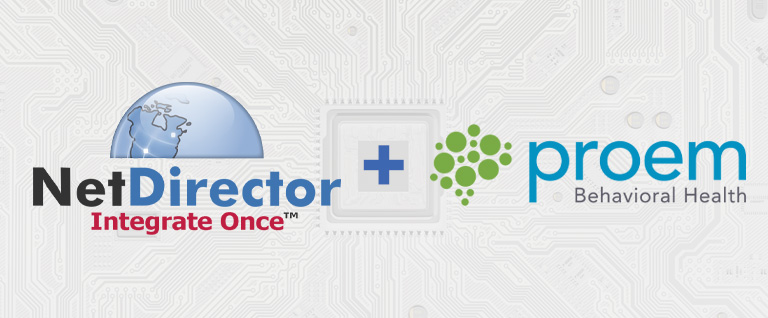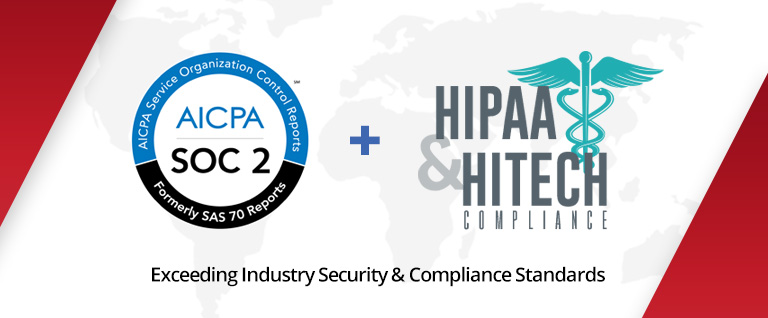Physicians and hospitals in Kansas are pilot-testing a new analytic tool that gives them access to clinical data for patients across all providers linked to the state’s health information exchange (HIE).
The technology enables providers to pull reports from a dashboard package built around high-risk patients, preventive care initiatives, readmissions and disease registries. The aim is to help physicians deliver higher quality, more efficient and less expensive patient care.
“I can look at my patient population and see those patients who are in trouble,” explains Joe Davison, MD, a family doctor practicing in Wichita who participates in the project. “I may not have known they were in trouble, but when I look at the analytic reports that represent my panel of patients, I see I have a certain number who have poor to no control of their diabetes. I can identify those patients, extract a list [of them], and then I can act on that information.”
Data sharing on the upswing
Separately — and on a larger scale — the U.S. Department of Health and Human Services is funding a 12-month data-exchange initiative. The Patient Centered Data Home (PCDH) Heartland Initiative hit a significant milestone in December 2016. The Indiana Health Information Exchange, the Michiana Health Information Network, and the East Tennessee Health Information Network agreed to support data sharing among their HIEs to ensure that patients’ healthcare records would follow them wherever they seek care.
Seven HIEs across five states will be exchanging health information at the completion of the project, which also includes Great Lakes Health Connect, based in Grand Rapids, Michigan; HealthLinc (Bloomington, Indiana); Kentucky Health Information Exchange (Frankfort, Kentucky); and The Health Collaborative (Cincinnati, Ohio).
The project looks to demonstrate that a standards-based approach can cost-effectively, scalably and seamlessly deliver data across state lines, health systems, and referral regions. “Knowing about medical events that occur outside their local area will allow hometown physicians to build more complete patient medical records, thus providing more informed care for their patients,” notes Leigh Sterling, executive director of the East Tennessee network.
Payer projects
Health insurers are also following a similar track. For example, Aetna recently announced a collaborative effort with the Camden (New Jersey) Coalition of Healthcare Providers to expand the use of integrated data among providers. In doing so, the Neighborhood Health Compass project expects to improve outcomes for individuals with complex health and social needs.
At the federal level, the Centers for Medicare and Medicaid Services (CMS) provides actionable government data to clinicians in an effort to promote innovation and best practices. CMS’ Comprehensive Primary Care initiative, which ran from 2012 to 2016, included the continuous use of data to guide improvement at practice sites in Colorado, Oklahoma and the Ohio/Kentucky region. Data-aggregation specialists worked with payers in each area to combine data and streamline its delivery in a secure manner.
Providers “were able to quickly and easily identify gaps in patient care and see exactly which services their patients were receiving outside their practices,” according to Patrick Conway, MD, CMS’ deputy administrator for innovation and quality. Having information across multiple payers helped to build provider confidence in selecting appropriate interventions, identifying trends and assigning care management resources.
In a similar way, NetDirector’s integration platform can take existing healthcare data and allow it to be shared easily and effectively, with a degree of automation. This allows data that has been collected and stored to become a tool for achieving provider success and enhanced patient care.
For more information, please contact us or request a free demo.




